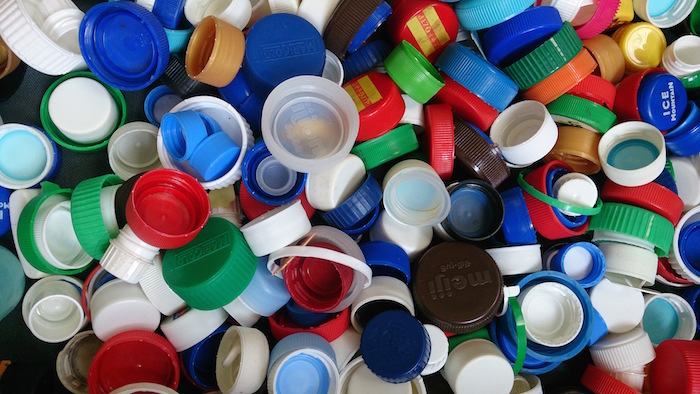
Did you know that most fleece jackets are made out of recycled plastic soda bottles? Or that we use about one trillion plastic bags worldwide each year?
Plastic is used in more aspects of our lives than we could ever imagine. From artificial turf for your lawn to massive spaceships, there are more items made from plastic than any other material out there.
What is Plastic Composed of?
Generally, plastics are composed of chains of carbon atoms combined with a mixture of organic polymers. The atom chains may stand alone or with other components such as oxygen, sulfur, or nitrogen. Plastic can also include fillers, plasticizers, colorants, etc.
The word “plastic” is derived from Greece meaning, “capable of being shaped or molded.” The ease of malleability during the manufacturing process gives plastic one of its greatest qualities- the ability to be pressed into thousands of different shapes from bottles and boxes to fibers and films.
When was Plastic Invented?
In New York 1907, chemist Leo Baekeland coined the term “plastic” when he created bakelight, the world’s first fully synthetic plastic. Baekland’s objective that year was to compose a durable material that would replace shellac. Upon creation, he noted its qualities of being low in cost, inflammable, and overall very versatile.
By the time of Baekland’s death in 1944, the world had produced over 175,000 tons of bakelite. His creation marked only the beginning of the modern plastics industry, and it has grown rapidly ever since.
What are the Most Common Types of Plastics? How are they used?
- Polystyrene (Styrofoam): Packing peanuts, disposable tableware
- Polytetrafluoroethylene (Teflon): Cookware, tubing
- Polypropylene (PP): Drinking straws, bottle caps, car trim
- Polyvinylidine Chloride (Saran): Food packaging
- Polyvinyl Chloride (PVC): Flooring, guttering, plumbing pipes
- Polyethylene (LDPE and HDPE): Disposable gloves, garbage/grocery bags, outdoor furniture
- Polyester (PES): Textiles, fibers
- Polyethylene terephthalate (PET): Carbonated drink bottles, peanut butter jars
- Polyamides (PA) (Nylons): Toothbrush bristles, fishing line
- Polycarbonate (PC): Eyeglasses and lenses, traffic lights
What are some Benefits of using Plastic?
- Easy manufacturing process
- Versatility
- Low in cost
- Guard against contamination
- Water-resistance
- Use in construction industry (windows, doors, panels)
- Use in electronics (Hair dryers, microwaves, industrial hygiene equipment)
- Use in packaging (pallets, industrial stretch wrappers)
- Use in transportation (headlights, bumpers, doors, hoods)
What was Invented the Same Year as Plastic (1907)?
- The helicopter- Paul Cornu
- Color photography- Auguste & Louis Lumiere
- The electric vacuum cleaner- James Spangler
- The electric washing machine- Alva Fisher
- Radio amplifier- Lee Deforest
How has Plastic Evolved?
Plastic has evolved from a natural material to a chemically modified material:
- 1600 BC: Mesoamericans began using natural rubber for tools
- 1800s: The use of plastics is highly increased due to the Industrial Revolution
- 1862: Alexander Parkers invents Parkesine, the first man-made plastic
- 1900s: Major advances in chemical technology lead to a large increase in new forms of plastic

